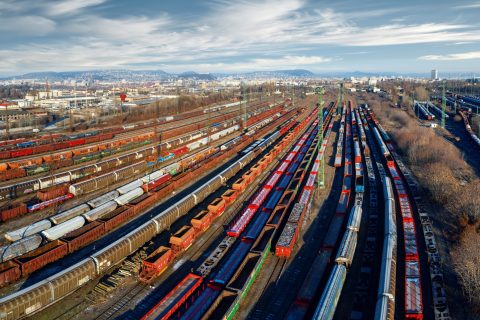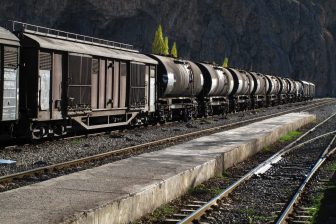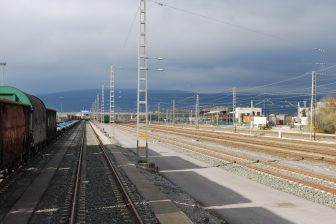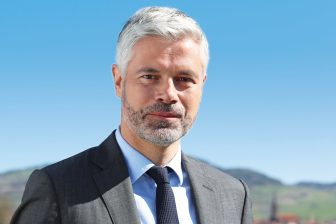
Freight route bypassing Budapest makes slow steps forward
The much-anticipated freight-dedicated rail line bypassing Budapest and connecting Hungary’s eastern and western regions is undertaking an essential step towards its implementation. The Hungarian Railway Association HUNGRAIL launched a public procurement procedure to assess the environmental impact of the line’s construction and obtain an environmental protection permit that will streamline investments and possibly building. Interested parties can submit their environmental study proposals until 14 August.
Budapest is a critical rail logistics node with multiple terminals and lines serving both intra-European and Eurasian traffic. The V0 line project aspires to improve rail logistics, increase freight capacity and alleviate the heavily used infrastructure in and around the Hungarian capital.
In particular, V0 is supposed to follow the east-west direction connecting Szolnok, Kecskemét, Székesfehérvár and Győr. Szolnok is located to the east of the country near the Zahony region, while the end destination Győr, is very close to the Hungarian border with Austria and Slovakia and not far from Bratislava and Vienna. The line’s most important features include freight-only operations and bypassing Budapest altogether, thus avoiding bottlenecks in the metropolitan area’s rail infrastructure which is characterised by heavy passenger traffic, among other things.
The project has been postponed multiple times, despite its alleged significance for Hungary and CEE. Nevertheless, in 2022, Hungarian authorities concluded the route’s mapping and now, slightly more than a year later, they proceed with environmental studies. The project’s development could be faster. However, Hungary missed some funding opportunities in the past, while the proposed route has also been the subject of political issues in the country.
New railway bridge in the plans
Construction works for the line will commence in the section between Kecskeméta and Adony, right in the centre of V0 on the way from Kecskemét to Székesfehérvár. By 2030, the whole Szolnok-Győr line should be completed, according to the plan of the Hungarian Ministry of Innovation and Technology.
Part of the line’s design concerns building a new railway bridge crossing the Danube. When announcing the V0 plans in mid-2022, László Palkovics, the Hungarian Minister of Innovation and Technology, commented that “a new railway bridge on the Danube is needed to create the planned connection,” adding that “there are several alternatives related to its exact location and solution, which are being investigated.” He also mentioned that authorities would consider preserving Natura 2000 and other nature conservation areas during construction, precisely what the latest environmental study aims at.
Investment and funding
It is interesting to mention here that the line was initially part of the broader planning of the joint venture established by Austria (Rail Cargo Group), Russia (Russian Railways Holding) and Hungary (CER Cargo Holding) in December 2021.
By the end of January 2022, several media reported that Russia considered helping finance the construction of railway line V0 but also contributing with its know-how. This was mentioned by the Russian Transport Minister Vitaly Savelyev in a video call with Palkovics. However, many things have happened in the meantime, with the war in Ukraine and the sanctions on Russia making such an investment theoretically impossible. It is still unclear whether the V0 investment will proceed as initially planned.
What is known is that the Hungarian administration missed a funding opportunity for the project in early 2023. “The V0 project should have a study submitted in this CEF call, but this did not happen mainly due to political disputes concerning the future line’s route,” explained Akos Ersek, chief policy advisor at UIRR and Hungarian rail expert.




